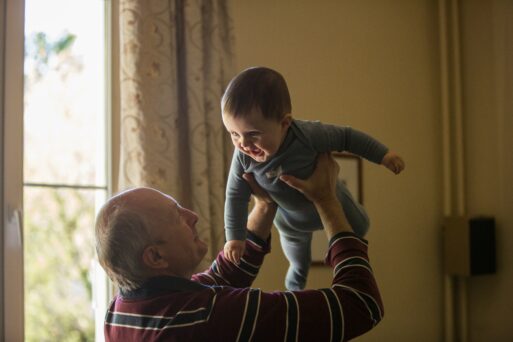
Longevity research aims to both extend the years living and also
maintain health and quality of life in old age.
In the past few years, there has been significant buzz about longevity research, shedding new light on the aging process and potential interventions to extend human lifespan. But while some of this research is coming from the public sector, an increasing amount of longevity research is being conducted by private companies at the behest of wealthy elites or in an attempt to develop expensive products to sell. Increasingly, it appears that aging may become an experience sharply divided along class lines.
Controversial millionaire Bryan Johnson has already embarked on a quest for immortality through strictly controlling his diet, optimizing sleep, ingesting over 100 supplements daily, and most controversially, receiving a plasma donation from his teenage son. He has marketed his regiment as Blueprint. The 46-year old entrepreneur claims it has afforded him the skin of a 28-year-old, the heart of a 37-year-old, and the lung capacity of an 18-year-old. An introduction to his Blueprint diet, exercise, and sleep regimen costs $333 a month.
Between 50 and 800 private longevity clinics have sprung up in recent years, sometimes offering controversial “treatment” options without any verified clinical benefit for as much as $100,000 per year. Deloitte reported that the top 50 longevity-centered companies raised over $1 billion dollars in venture funding in 2020, a number the firm predicted to rise as “The longevity market could outstrip the existing health care market in the long run. In fact, we also expect to see a shift within existing health care spending away from “sick care” toward “wellness and well-being.”
Funding Concerns Abound
Today, the wealthy have the luxury of attempting to optimize their health by spending big money on anti-aging initiatives in a way that is completely unfathomable to the 79 million Americans struggling with medical debt. While the influx of investor-led research into longevity research may provide some medical breakthroughs, some experts worry that privatizing the research will only stymie long-term growth in the field, as public funding is seriously limited. Research on longevity is inevitably long, complicated, and drawn out, requiring decades of funding before real insights emerge, particularly in mammals who live longer than lab rats. But the National Institutes of Health awards research funds to studies on aging only for limited periods of time. For example, The Dog Aging Project, a wide-scale study on aging in 47,000 dogs that could yield exciting implications for humans and is one of the largest publicly funded studies on anti-aging, is most likely going to lose it’s NIH funding in June.

The Dog Aging Project, one of the largest publicly funded anti-aging studies, risks losing funding this June
For now, what’s clear across both private and public spheres of research into longevity is that the biggest factors in increasing longevity are limiting caloric intake, prioritizing sleep, not smoking, and exercising in moderation. Researchers are increasingly also distinguishing between research on healthspan versus lifespan. Lifespan refers to the total duration of an organism’s life, from birth to death. In contrast, healthspan refers to the period of life during which an individual is free from disease and disability. While lifespan and healthspan are often used interchangeably, they are distinct concepts in longevity research. More and more researchers in the field are optimistic that we may be able to increase our healthspan to provide better cognitive and physical health for longer and significantly delay some of the most burdensome aspects of aging even though our lifespans may be finite.

 Longevity Research is Exploding, but Who Will Benefit?
Longevity Research is Exploding, but Who Will Benefit?


 “Help Me, Helen”
“Help Me, Helen”
 Recovering Cremation Remains After the Los Angeles Fires
Recovering Cremation Remains After the Los Angeles Fires
 “As Tears Go By” by Marianne Faithfull
“As Tears Go By” by Marianne Faithfull














